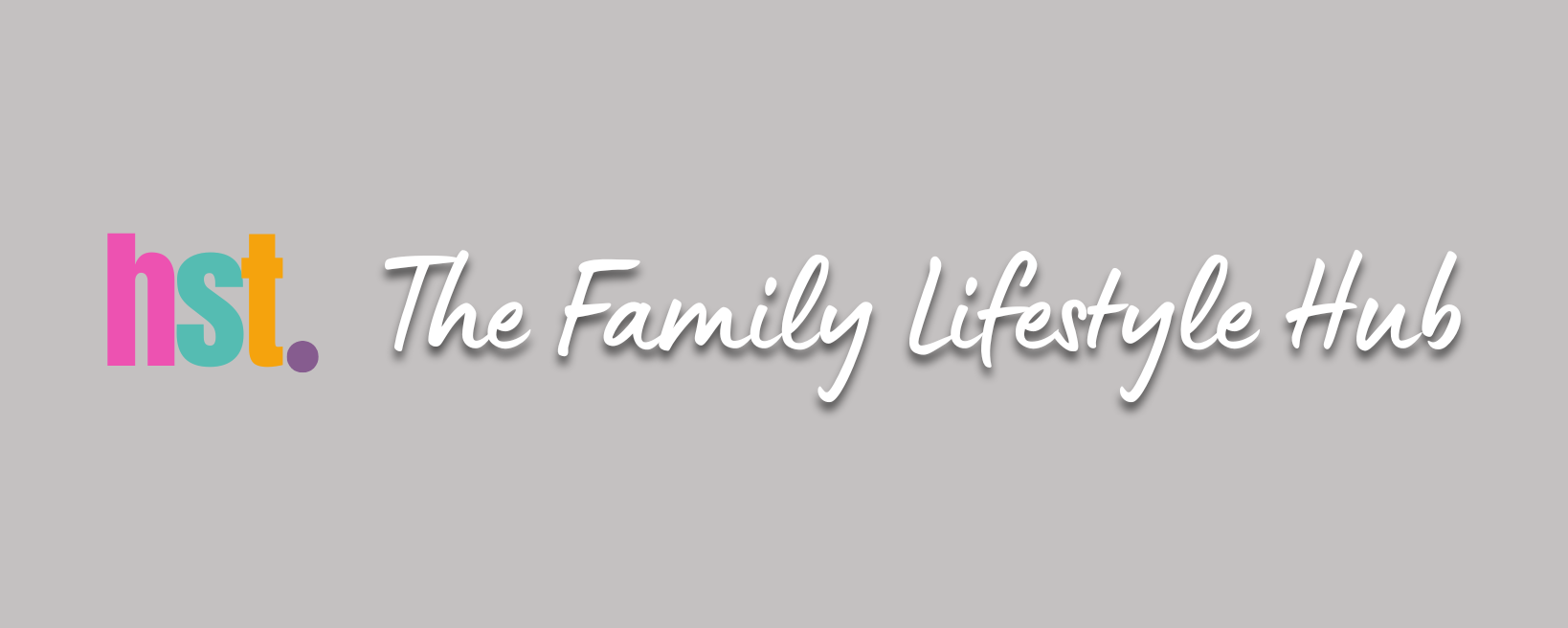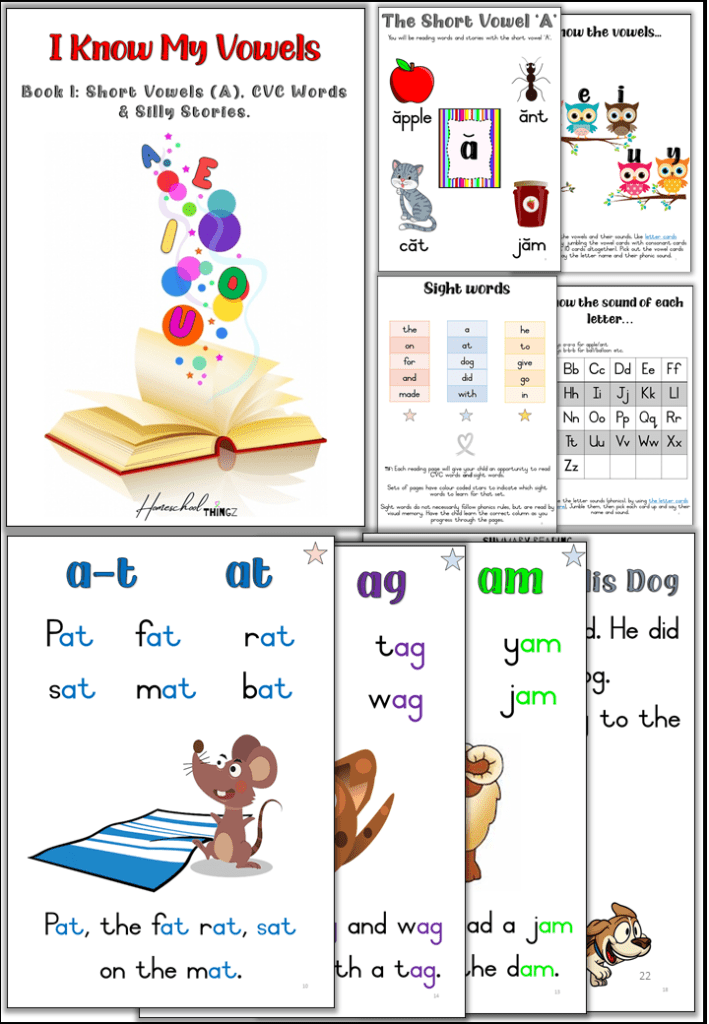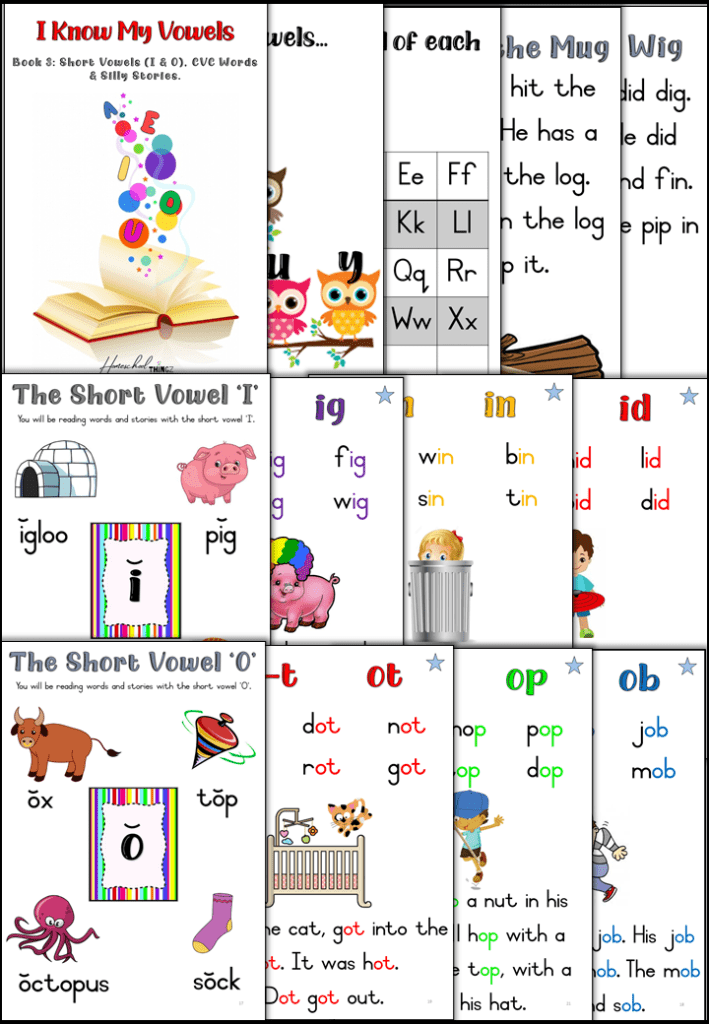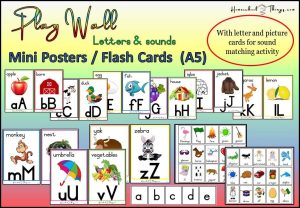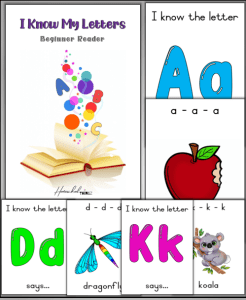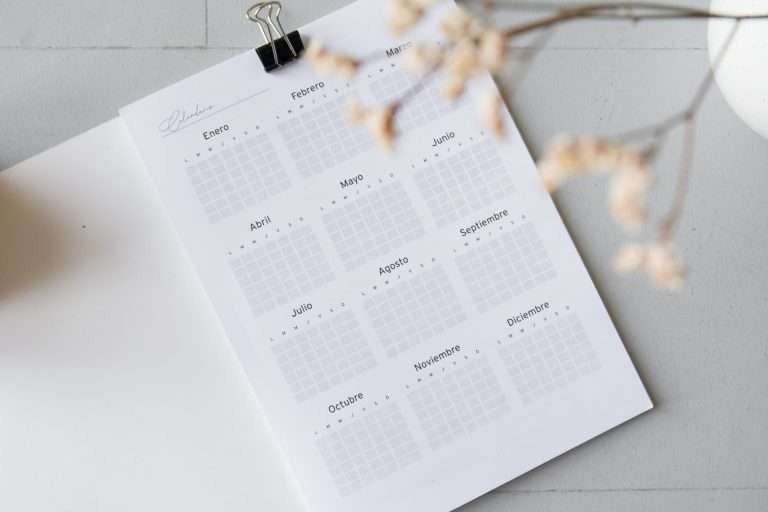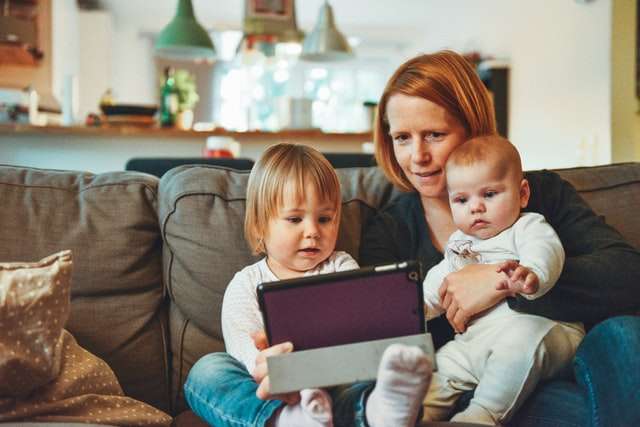Free Tips and Resources to Successfully Teach Children to Read!
Free Tips and Resources to Successfully Teach Children to Read!
Sign up to download your free starter Letters and Phonics Reading Package!
Below is some very helpful tips you can use with your free package. Make sure to keep reading!
The thought of teaching your child to read may seem like a daunting task. The idea of getting to the end goal is overwhelming but it does not have to be. Has anyone built a house in a day? So firstly, we have to come to accept that learning to read will not happen overnight and it will probably not always be on our timeline.
Begin the process by accepting that your child will learn to read at his own time and pace. When you begin approaching the matter calmly, without over the top expectations, you will most probably learn to approach your child’s learning with a touch of ease and gentleness, making homeschooling a lot more approachable and enjoyable.
Thank you for the reminder, Gisela! Note to self! After a year or 2 of homeschooling you may forget that your kids are still learning. The house is not built yet and they still need you to BE WITH THEM in the learning process; allowing them to progress with a heart of ease does cultivate confidence.
I have laid out the handy reading tips for you below, and I have included an overview of all the resources you will find in the Free Letters and Phonics Reading Package.
What is beginner reading?
Before we delve into how to teach our kids to read, we should understand what “beginner reading” is. How we see the beginnings of reading is important. As in the activity of athletics, one does not just begin running. A child progresses through many milestones of rolling, sitting, crawling, and walking before he can run. Even after he learns to run, he still has not reached his physical nor mental development to be able to run a marathon. The potential is there but he needs help and nurturing to get there.
Even though a child may have the potential to get be a runner, not everyone is a marathon runner. As we would not expect everyone to be an accountant, a musician, or even a doctor, how could we expect every child, even within their age group, to be at the exact same reading levels and applications.
A child’s pace will vary from one to another, but there is a general pattern of progression, we call milestones, that a child within a certain age group experiences. These milestones such as identifying shapes, sounds, matching and sorting, and crossing the midline are but a few things needed before being able to identify letter shapes with their sounds. These need to be built upon before the next milestone can be reached.
So while the tasks of sorting and matching shapes and colours, memorising rhymes, doing simple puzzles all seems mundane and irrelevant, they are all the foundational building blocks to being able to read. While your child is playing, drawing, doing puzzles, looking through books, playing in the sand, building, tracing, and coloring, he is progressing to the point of being able to hold a book upright and to identify letters with its sounds, from left to right, while still giving meaning to what is being read.
Each child will progress earlier or later, but you can say that the beginning of reading starts with play. Play not only builds the physical skills needed, but it produces the mental and emotional skills which will give him the confidence he needs to learn to read.
Why is reading by play important?
Confidence! It is very difficult to learn anything these days without reading, and if we want our kids to be life-long learners we need to see reading as the foundation to all future learning. It is a hard thing when our kids have been brought up with a negative attitude toward reading because that will affect how he learns in the future.
It is important then to use play as the spring board into the world of reading and learning. Once the foundational interest and positive mindset is established with the very basics of reading, which is the letters and phonic, it is a lot easier to pave the way to further reading progression.
How to get started with beginner reading?
Letter Songs
So where do you begin? Firstly, Songs! Songs are such a good starting point to learn the letters and their sounds (phonics). You will find a selection on YouTube but the one that stuck with my kids was THIS ONE.
Letter Posters
Secondly posters! Many homeschoolers are not keen to put posters on their walls because they prefer to avoid the school-at-home approach to homeschooling (I prefer such an eclectic approach). However if something will work in some of our homeschool activities, then we use it.
Posters can have a place in the home without bringing school to the home. If posters are there just to bring that school environment to the home then posters are not serving a meaningful purpose. That means we are serving an idea of school, rather than the posters serving us. For posters to serve you, have them in arms-reach to tickle a children’s interest and engage learning. When children can spontaneously interact with what they can see and touch, they will be led into meaningful learning experiences.
If there are letter-posters at height level, your child may pass them by and begin to ask questions, or they may use a non-permanent marker to “practise” on them. If you have little matching letters and phonic cards attached to the posters, this will also spark their interest and inquisitive minds about why the cards belong there.
This is how my 5 year old began to read so quickly. At 4 years old he would constantly interact with the posters, and it only boost his confidence. The free reading package download includes these awesome A5 Play Wall Posters. They incorporate activities and are small enough to use as flash cards.
Use Hands-on Letter Play Mats to compliment The Posters
Your child’s learning will be enriched by complimenting posters with a hands-on letter program. Play Mats are a fun way to engage children to learn because it is not as formal as worksheets. Worksheets have a place once certain skills are mastered, however Play Mats allow play and mistakes.
Not only do Play Mats allow the child to try again and again, they allow for kids to build or shape and manipulate objects onto the Mats. The Letters and Phonics Play Mats are included in the free reading package, and are reusable once laminated. They develop fine motor, matching and sorting skill. They make learning hands-on and fun.
Reinforce the Play Learning with Worksheets
Parents are the best temperature gauge when it comes to their child’s learning. As you engage with your child you will discern whether your child is ready to do worksheets. If they are not ready then progress through the play work.
They may be so eager to do the worksheets, but by the strength in their pencil grip they may not be “ready”. But if they are eager to do the worksheets, be excited with them, even through their messy work. Nurture the eagerness when it is there. If the eagerness is not there, give it a little more time.
The focus here is reading by letter recognition and phonics, so do not be wound up by writing quality just yet. These worksheets are also included in the free reading package.

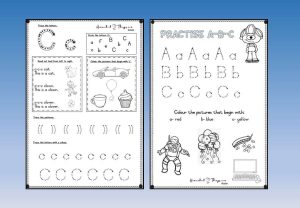
Focus on Vowels and short CVC words
Once letter recognition and their sounds are mastered, spend a little more time on the vowels. Use your 5 fingers to help them remember how many vowels there are: The vowels are A, E, I, O, U and sometimes Y.
Play a Vowel Hunting Game by spreading the Letter Cards (included in the free package) out on the table or floor and let them pick out only the vowels. They can practise naming the vowels, then say the short and long sound of each vowel. Remember: “the long sound says its name.”
Once they have mastered the vowels and their long and short sounds they can begin reading short 2 letters words like, it, is, ip, op, at, up, um. These words may not make a lot of sense but it develops their merging skills. You can then progress on to CVC words which are 3 letter words (consonant, verb, consonant).
These Building CVC Words Play Mats, included in the free reading package, will help you to practise this skill. Use the mats as the child’s skill or confidence allows. If he cannot write the letters without frustration yet, then rather leave out the writing and only build the words with letter cards. The focus is on the reading and the merging of simple words, not writing skills. The writing will come in time as you practise each letter in separate handwriting sessions.
Read beginner readers
Beginner readers familiarise children on how to handle books and the sequence of books. Readers reinforce learnt phonics and introduce new sight words. Sight words are not always easily read by phonic sounds, so children would need to recognise sight words by pictures and by lists or flash cards.
I have included a little reader library to begin with, also included in the free reading package. Once all the letters and their phonics are mastered, read the I KNOW MY LETTERS Beginner Reader.
Then progress to the I KNOW MY VOWELS Books 1-3 (in the free reading package), while you practise on the CVC Words Play Mats. You could use the Play Mats and the readers in conjunction with one another. Learn to build and read CVC words on the Play Mats, and then also read them in the readers.
These readers are meant to introduce children to CVC words, giving them an opportunity to learn them in the context of actual reading. You will be instructed to learn sight words before reading the pages of the reader. Once the child has worked through the reader, it is advisable to reread it, as it will increase confidence levels.
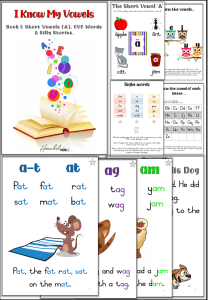
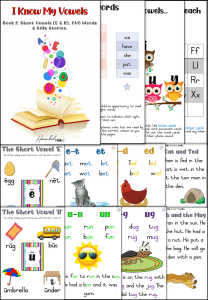
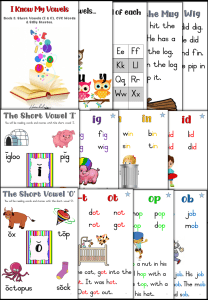
The sight words and the CVC words are also included, not in flash-card format but rather at a glance, in the format of lists to make it easier to handle. Use these lists to introduce new words the child is about to read and to also review them.
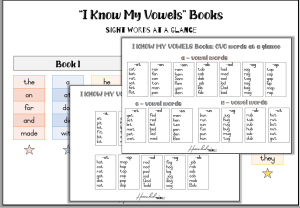
An Overview for success in learning to read
- Accept that your child needs time and they may not learn at the pace you desire
- Reward your child with high-fives and praises
- Use songs to learn the alphabet and their sounds (phonics)
- Make Letter Posters reachable with a matching phonic card activity
- Compliment the posters with another fun hands-on letters program or activities such as reusable Play Mats
- Incorporate everyday objects to revise letters and phonics
- Then reinforce the hands-on fun with suitable worksheets
- Once all the letters are known, place an emphasis on what the vowels are, with their short and long sounds.
- Put 2 letters togethers, a consonant and a vowel (it, is, ip, at, og, on… etc.)
- Then practise 3 letter words, CVC words.
- Read beginner books in conjunction with building CVC words on Play Mats.
- Memorise sight words using lists or cards and pictures.
The last thing you need to know about teaching children to read
- Be pace sensitive and have fun while giving a lot of praise and showing your enthusiasm
- Solidify basic letters and phonics before merging CVC words as a crucial foundational requirement for future progression.
If you would like all the above resources in One Free Download sign up today for the free starter Letters and Phonics Reading Package.
